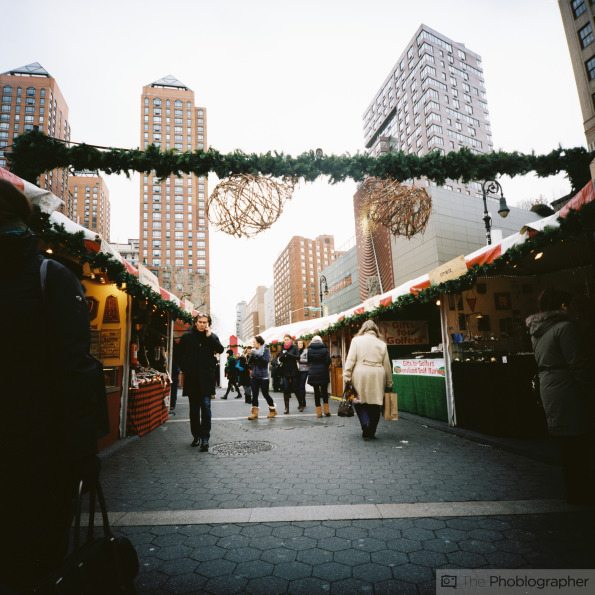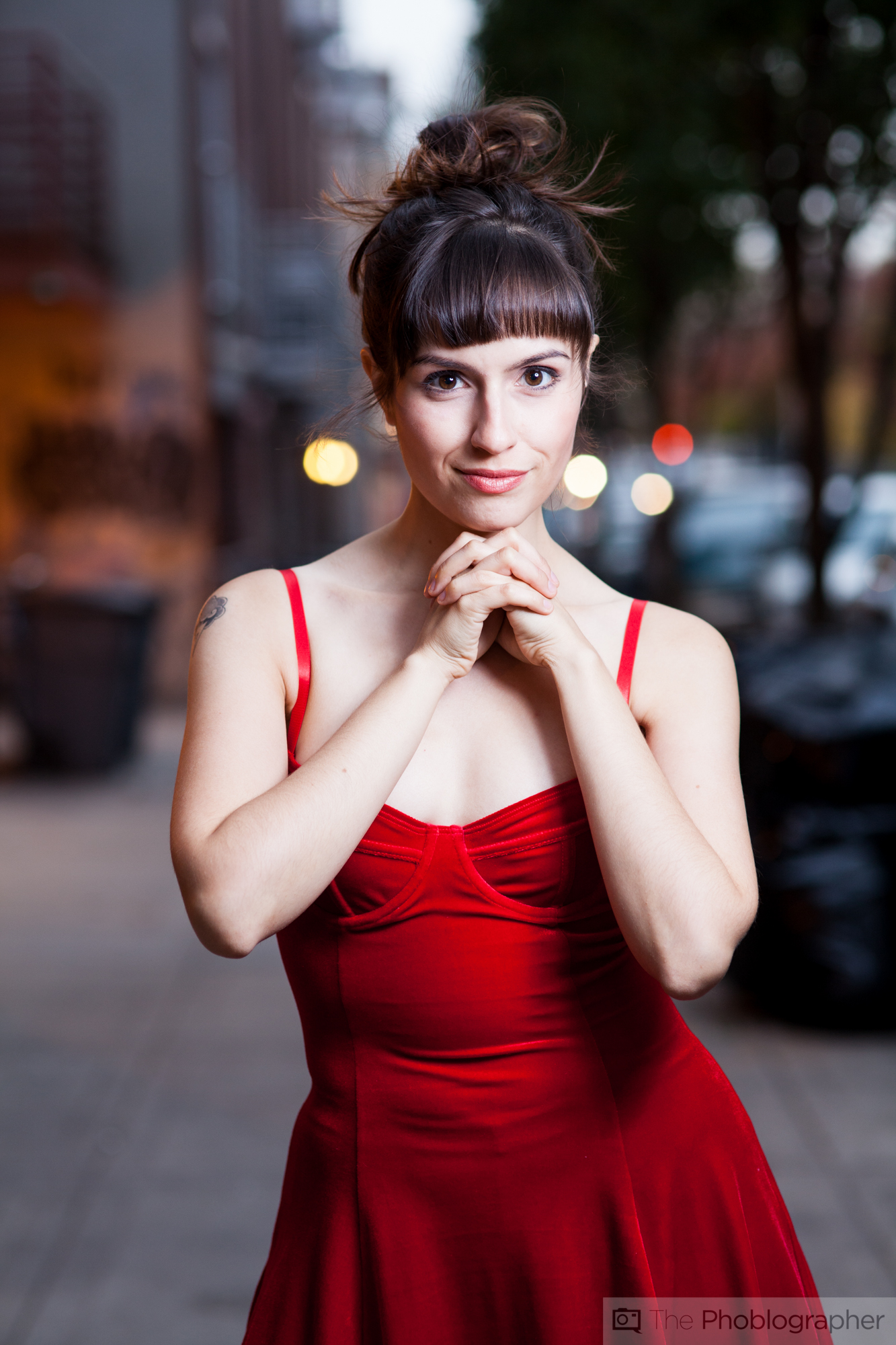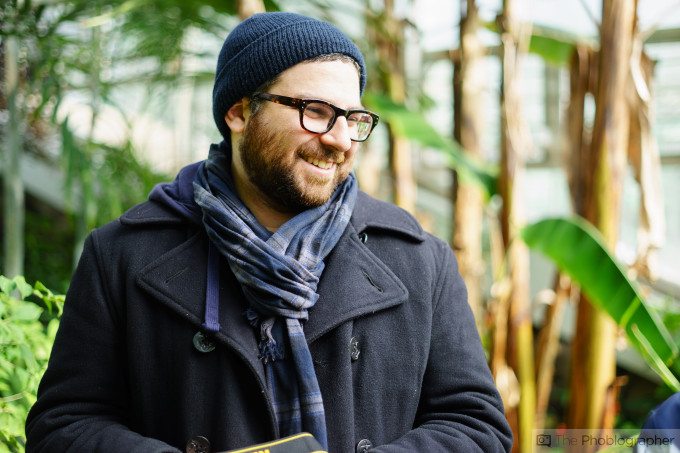You know all about the rule of thirds already, and in general it works. Sometimes, however, rules are meant to be broken. The way to draw someone’s eyes into an image isn’t extremely tough, as it has to do with what people already do when they look at scenes–try to make sense of them. Because of this, there are so many different ways of making someone pay attention to a specific subject in your photos.
Here’s how to draw someone’s eyes onto your specific subject.
Depth of Field

Depth of field does a lot more than making someone realize that the image has lots of beautiful bokeh. In cinema, the depth of field is used to force someone to pay attention to a specific area. You can use it in the same way when it comes to story telling with images. In fact, this is really the only way that you use should it.
Despite the fact that many photographers will tell you that you should shoot things like portraits or food wide open with your lens, they couldn’t be more wrong. If you’re focusing on an eye, that’s sometimes the only detail that we will get in an image if that’s all that’s in focus. When shooting a portrait, a person should be in focus because the point is to focus on the person, not just show off their eyes. Similarly, getting the edge of a bowl of cereal in focus won’t give us any details as to what’s on the inside.
Leading Lines

Using lines and geometry to make someone focus on a subject is another way to get someone to pay attention to a scene and a specific subject in an image. The way it was used above is by using the triangle created by the scene. It makes your eyes go entirely around the image to see the street scene set up in Union Square and to also take notice of the buildings around the area. Similar things can be done just by looking at straight lines in a scene.
Center
Though the rule of thirds says that you shouldn’t center your subjects in the images you shoot, sometimes it just makes so much sense. Putting a subject dead in the center basically tells someone, “There, that’s it. Nothing else. Look at this thing. It’s what I took a photo of.”
For this to be effective, the background can’t be very distracting. To do this, there needs to be contrast either in the form of depth of field or colors.
Color
Another way to get someone to pay attention to a specific area in a scene is to use color contrast. This works very well especially with landscapes where subjects are usually bathed in a couple of colors and that’s all. Usually the scenes are dominated by greens, blues, browns etc. In the Autumn, it’s not usual for scenes to be dominated by reds, oranges and yellows–which is part of the reason why people love the season so much.
Making a specific color more saturated or punchy will bring someone’s attention right to it. A great example is a person’s eyes.
Micro Contrast

Though micro-contrast is something that is naturally added to certain lenses, we’re speaking about it here specifically in regards to the way that lighting can affect a scene or a subject. By adding light to a subject, you can bring out other details in them that you wouldn’t normally see. These are often called specular highlights and they make a subject stand out from the rest of the scene.
This method is best used with the rest of the scene underexposed a bit.
Text
The last way to draw someone’s eyes into a scene is by using text. People naturally read text when they see it, and it makes them stare at an image that much longer. Using text can be repetitive and sometimes lazy, so use it in moderation.





